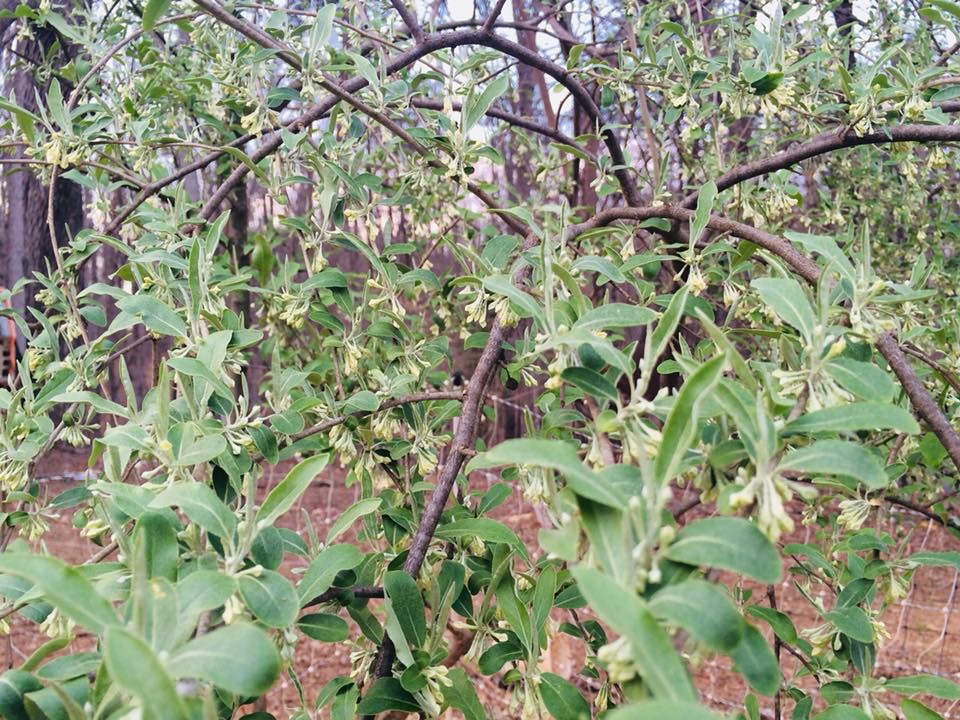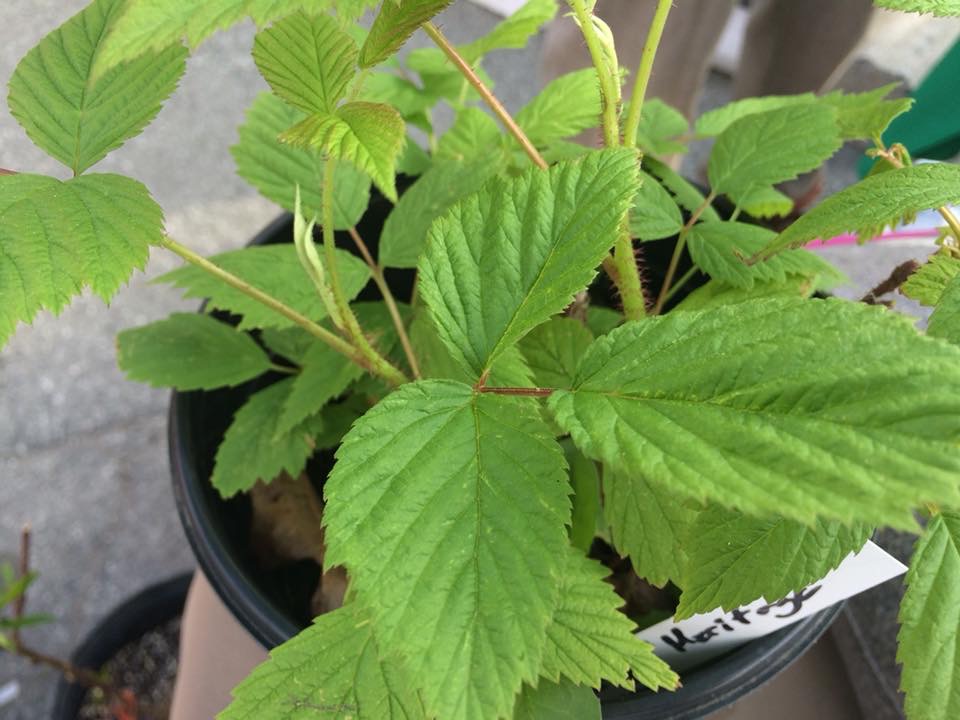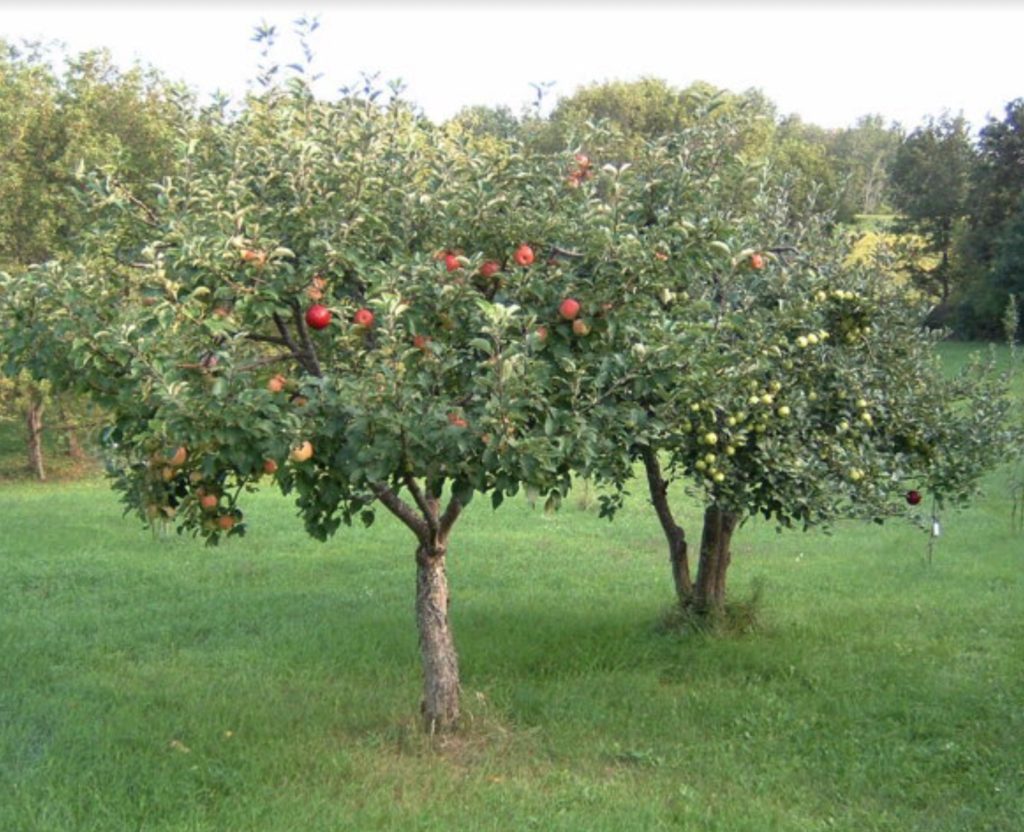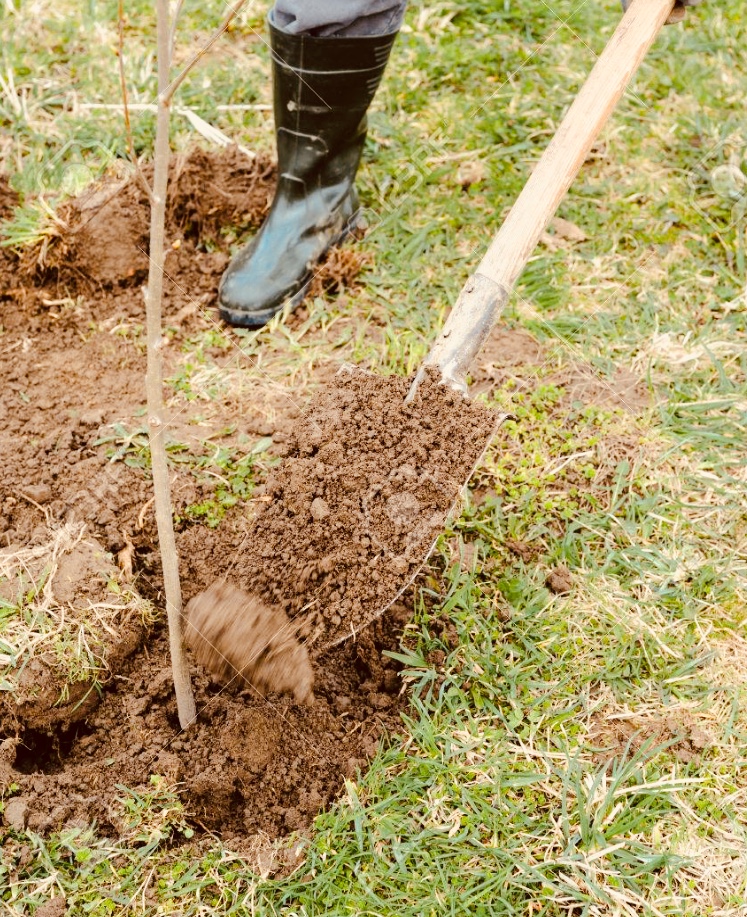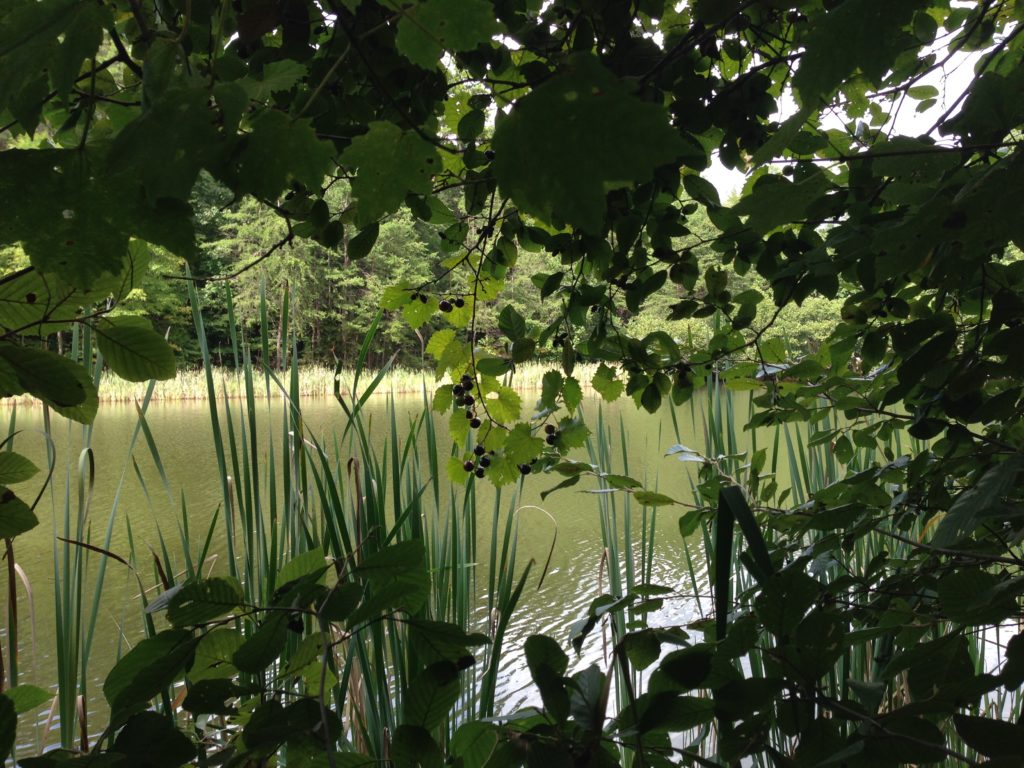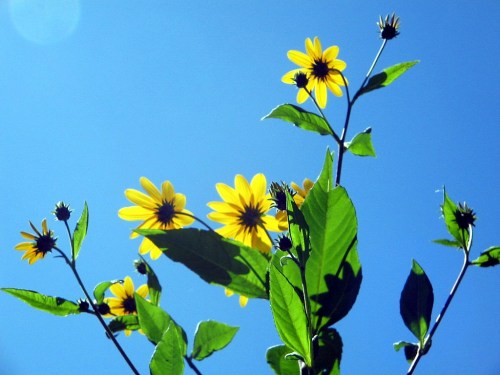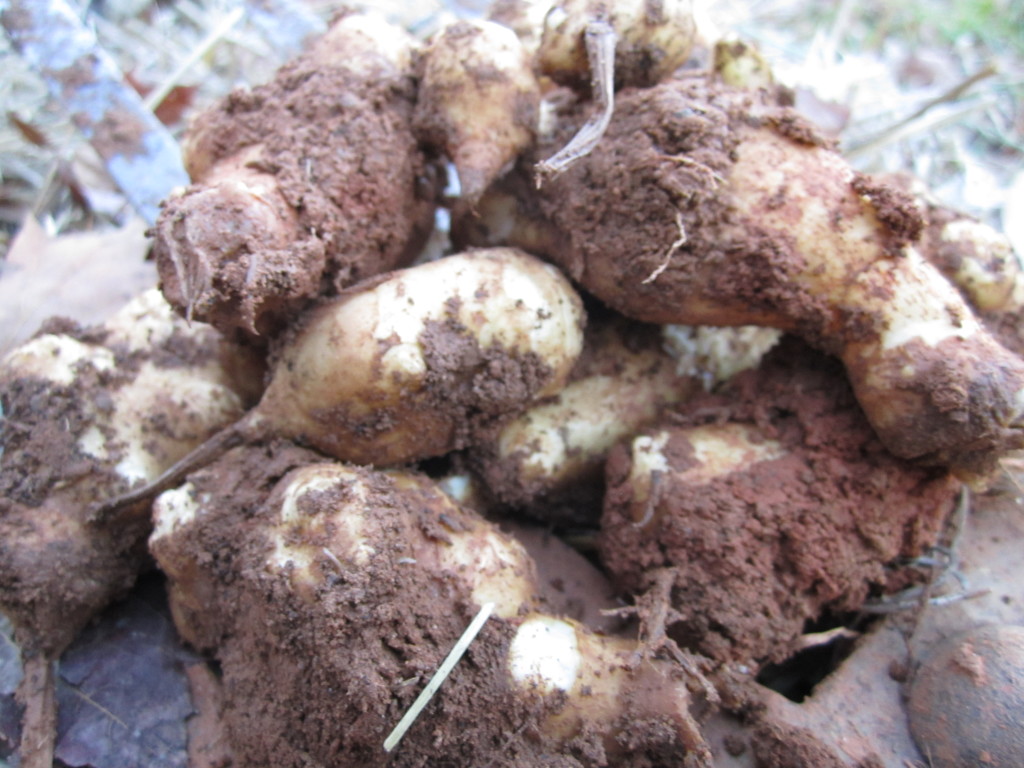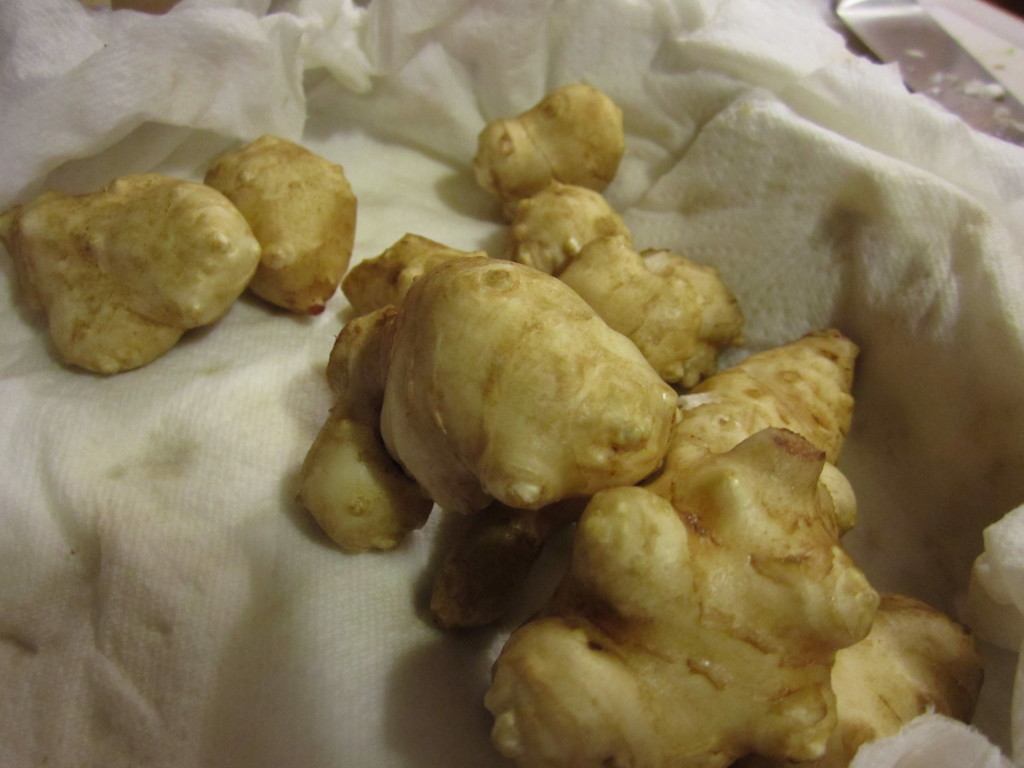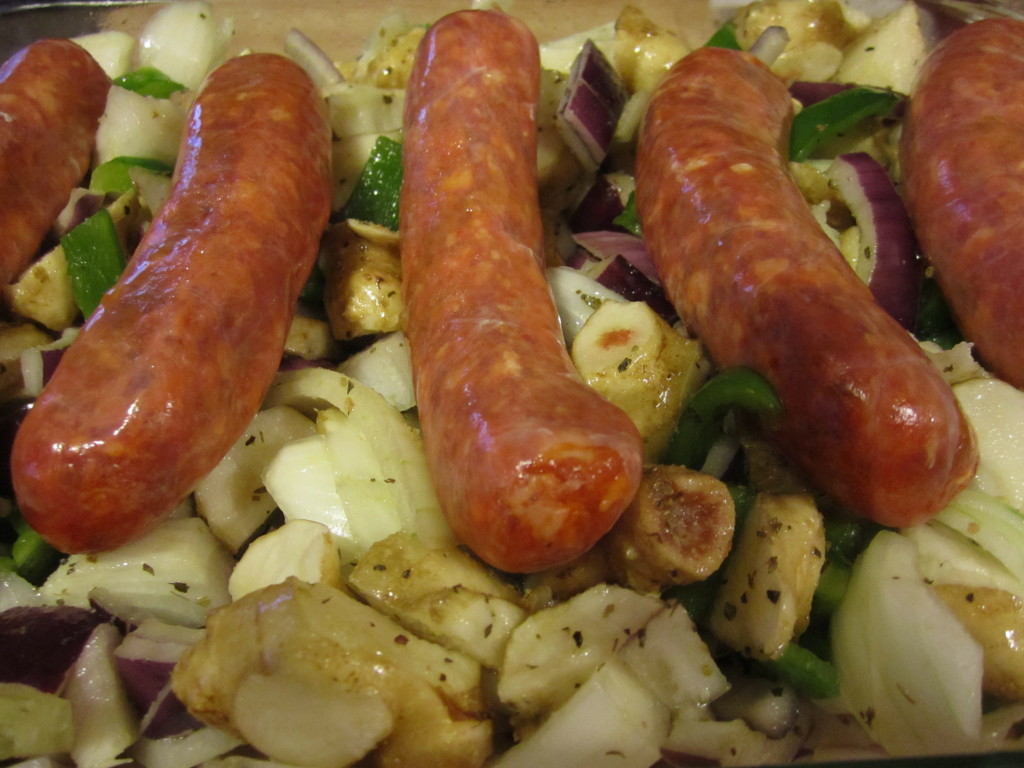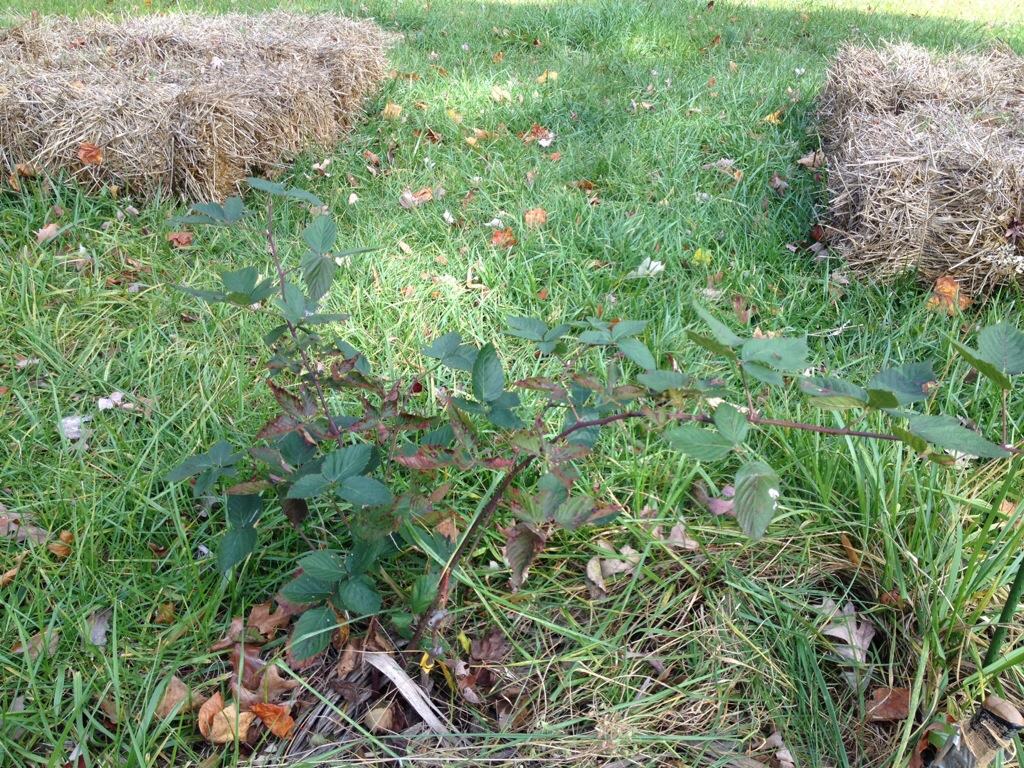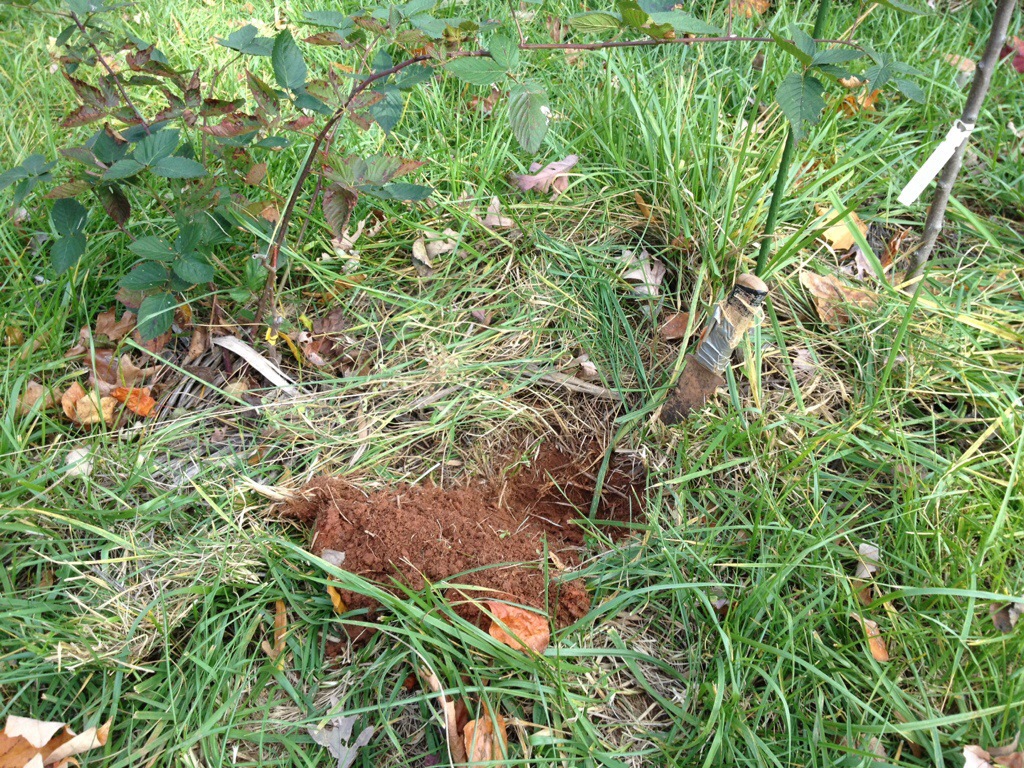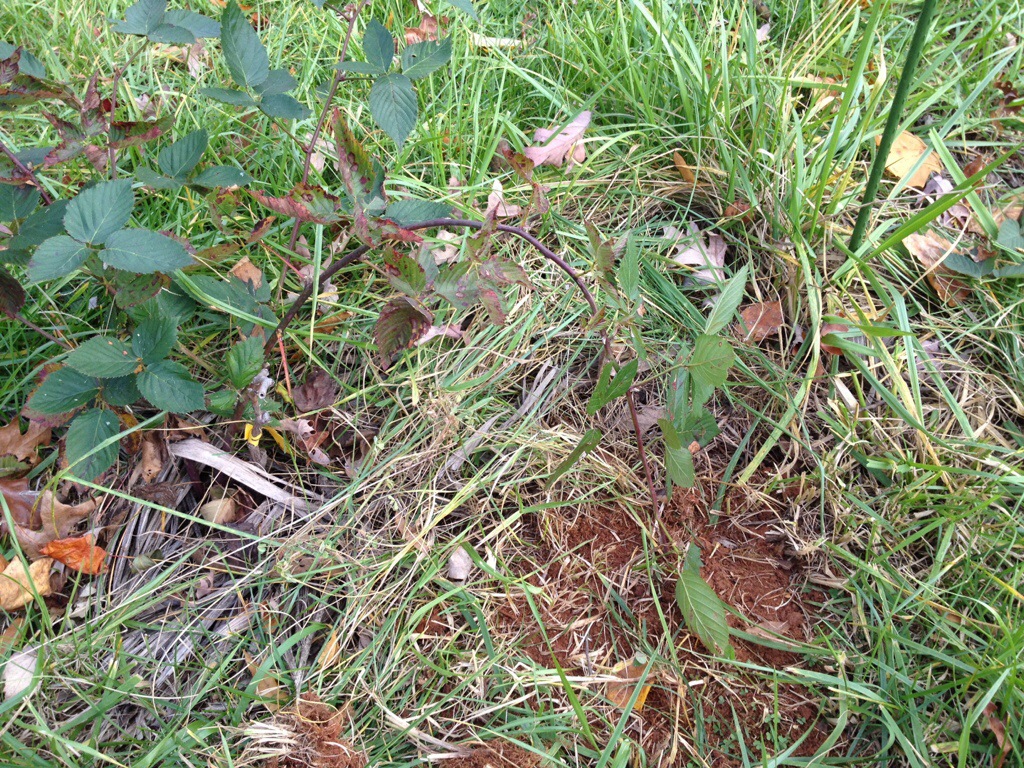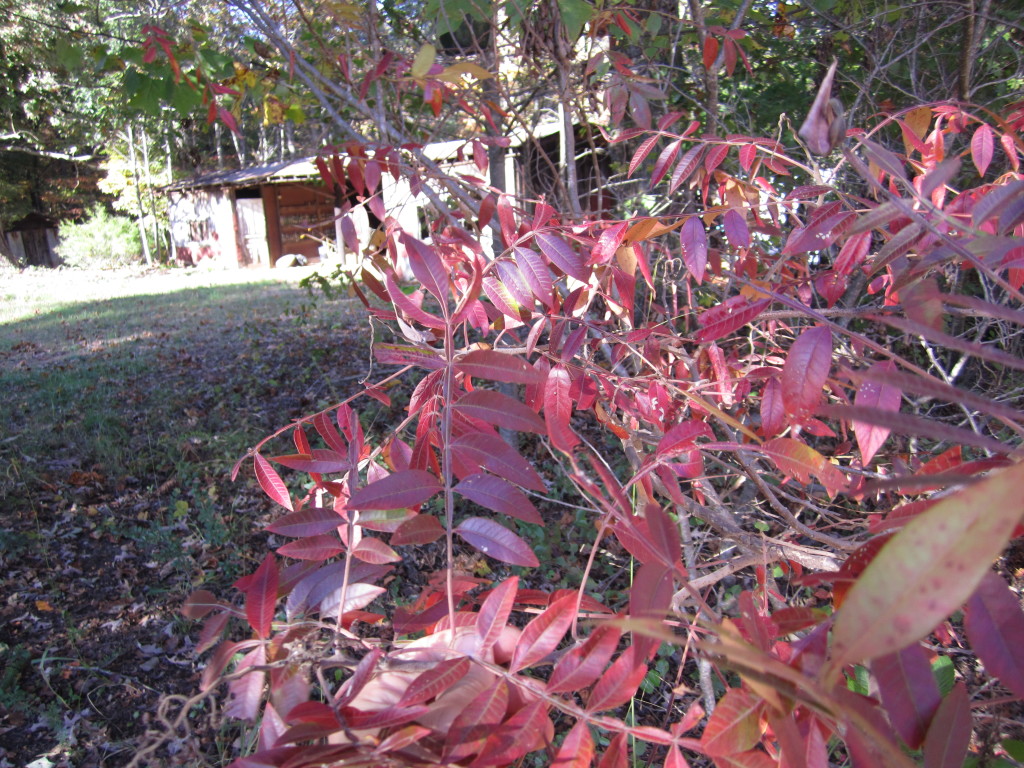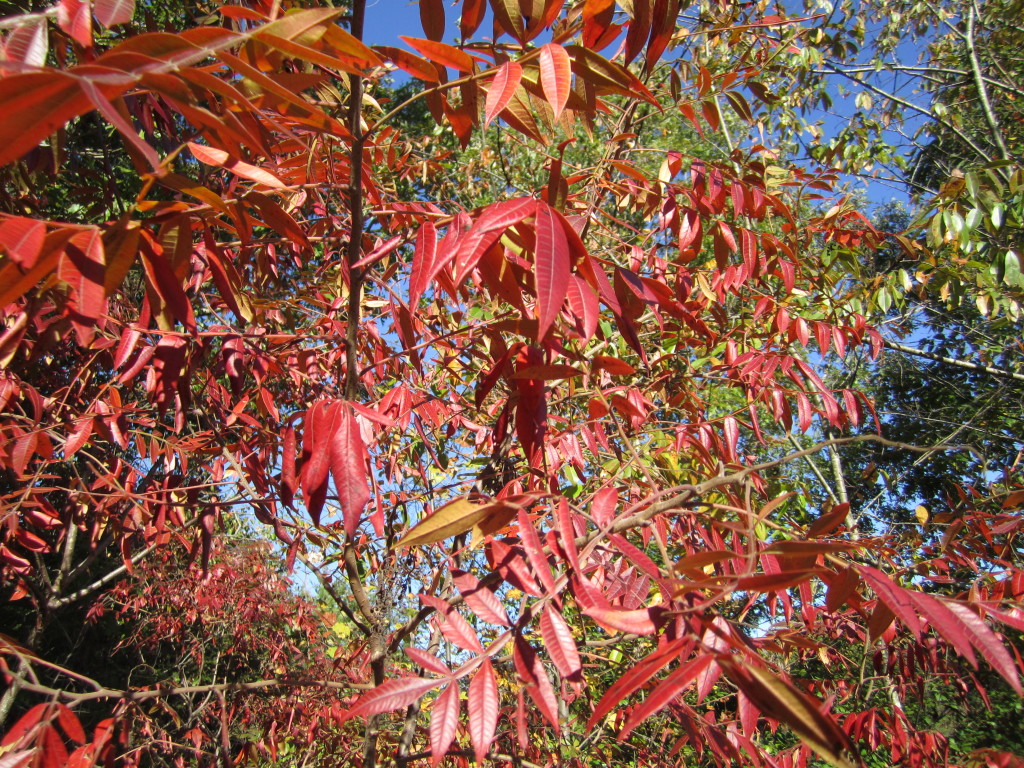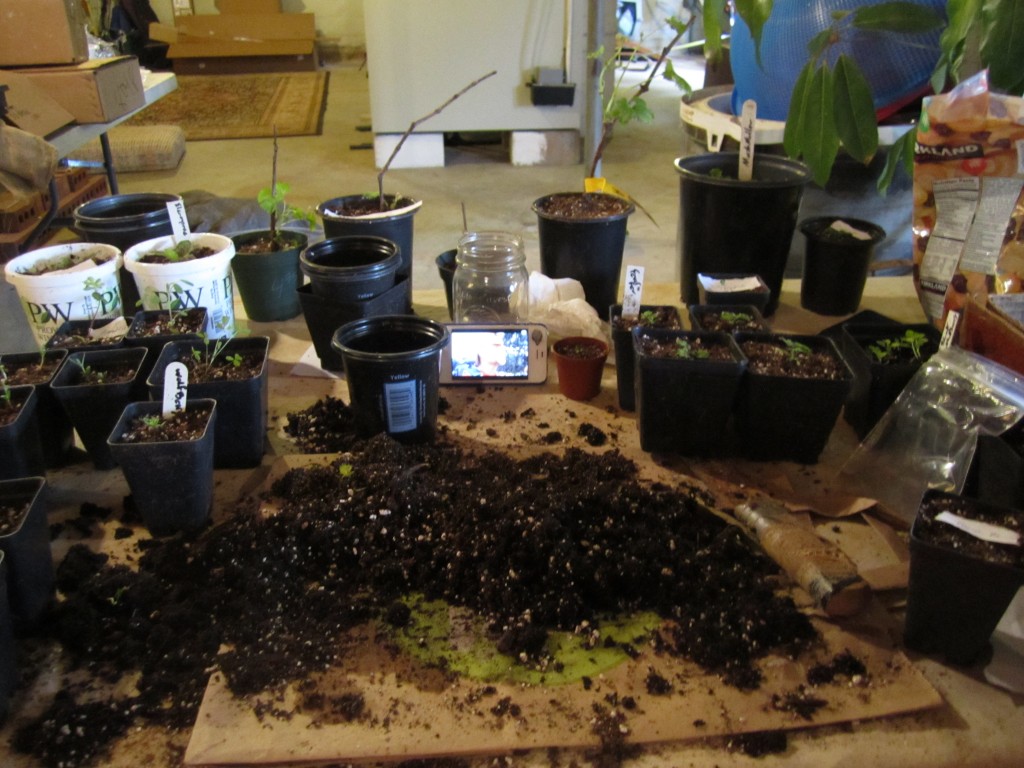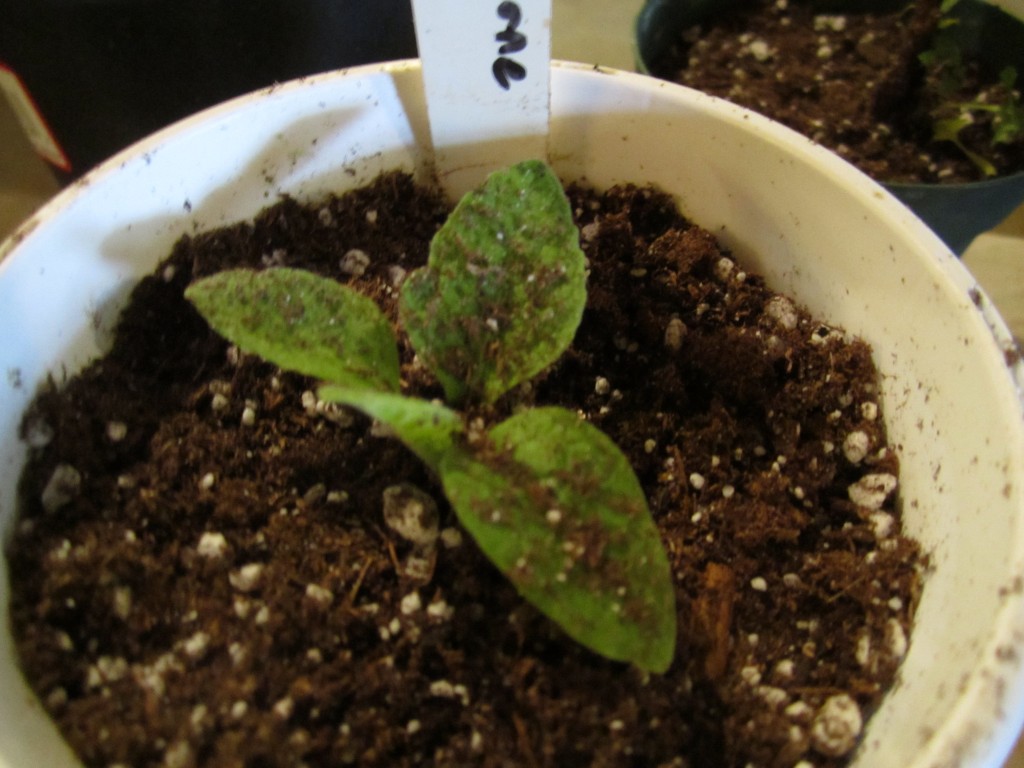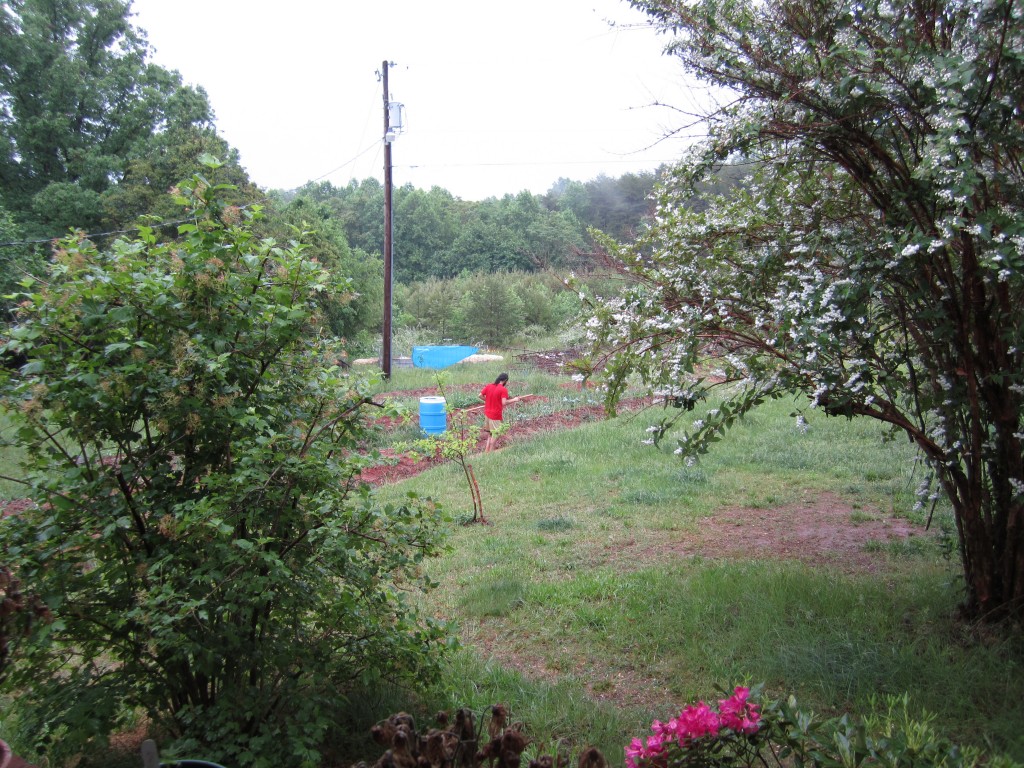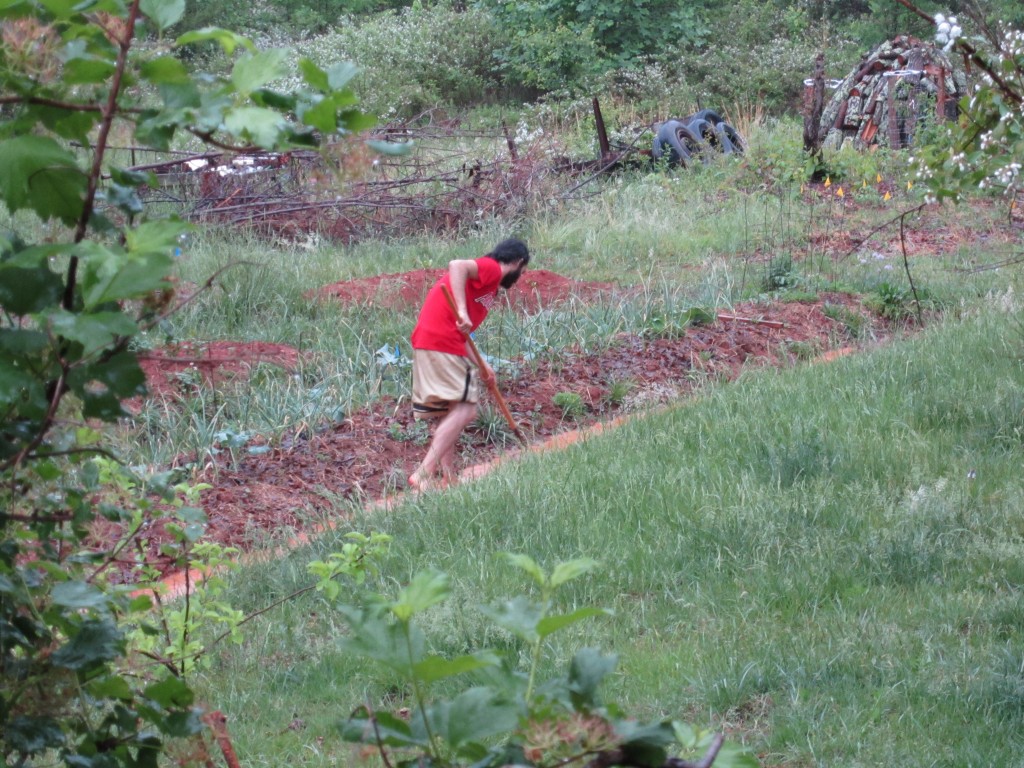It’s that time of year again, spring. Every homesteader and gardener knows that spring time can be a hectic and eventful season where we try to start plants, plan crop rotations, and consider new livestock options for the homestead. I’ve been trying to accomplish a least 1 new homestead related activity everyday for the last few weeks, and it’s gone well. Between Emma’s Mushroom endeavor, and our new food forest, we’ve been plenty busy. Lately, I’ve been starting some support species from seeds, and I wanted to detail that process here with a specific nitrogen fixing tree. Mimosa.

Mimosa trees are both beautiful and extremely useful in permaculture design
Mimosa (Albizia julibrissin) is a short lived tree that is often considered an invasive species, although I’m not too worried about that, as it fixes nitrogen, improves soil fertility, attracts many insects, and is a beautiful permaculture plant in the garden. It is also easily shaded out by other trees, and though it coppices, is not a long lived species. We plan on using mimosa trees as a support species in our forest garden, and encourage permaculturalists in North America to consider this species as well.
Mimosa is easily grown from seed, and as we have a few on our property, I decided to gather some local genetics and propagate a few dozen more. The seed pods hang onto the tree way into winter making seed collection very easy. Even with our recent late winter ice storms, there are still some pods hanging around, though not as many as in January. I gathered some pods from 3 trees, 1 in our backyard, right where the food forest is going in, and 2 from by the pond.
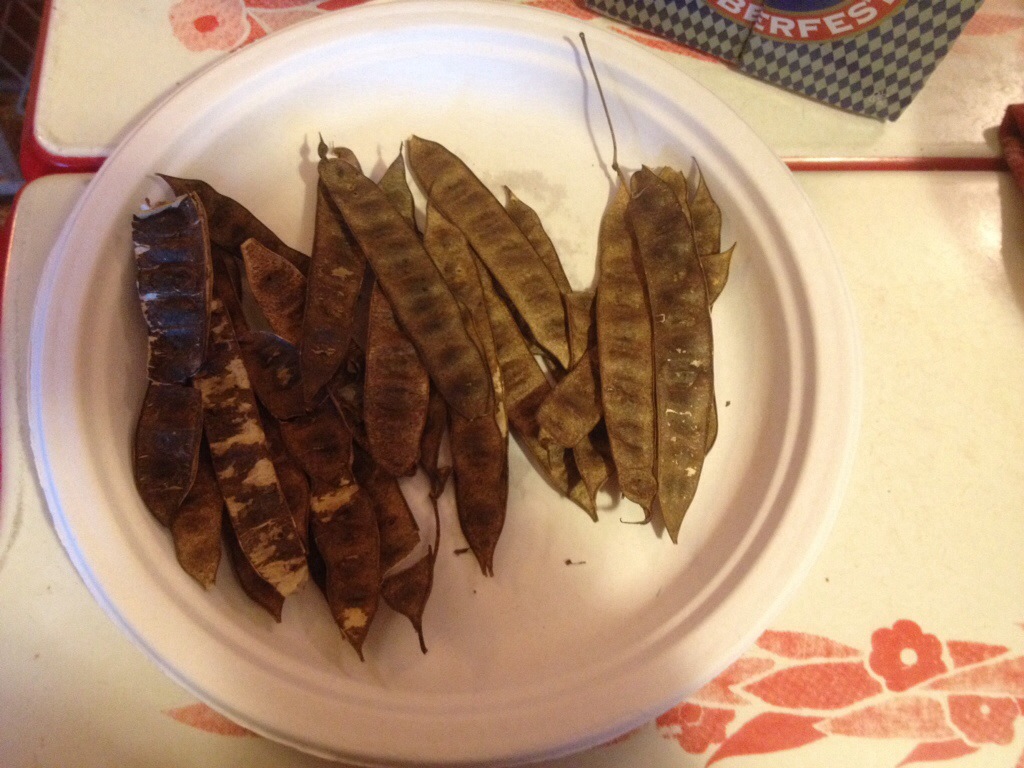
dried mimosa seed pods, ready to be shelled
I then used my thumb to half shell half crush the pods and get to the tiny black seeds. This took a little practice, but I eventually figured out a system. After gathering about 50 or so seeds, I put some water on the stove to boil. I let this water cool for a few minutes, and then poured it over the mimosa seeds. This scarification process helps to break down the hard seed coat present on many legume seeds, and allows the seed to absorb water, thus beginning the germination process.
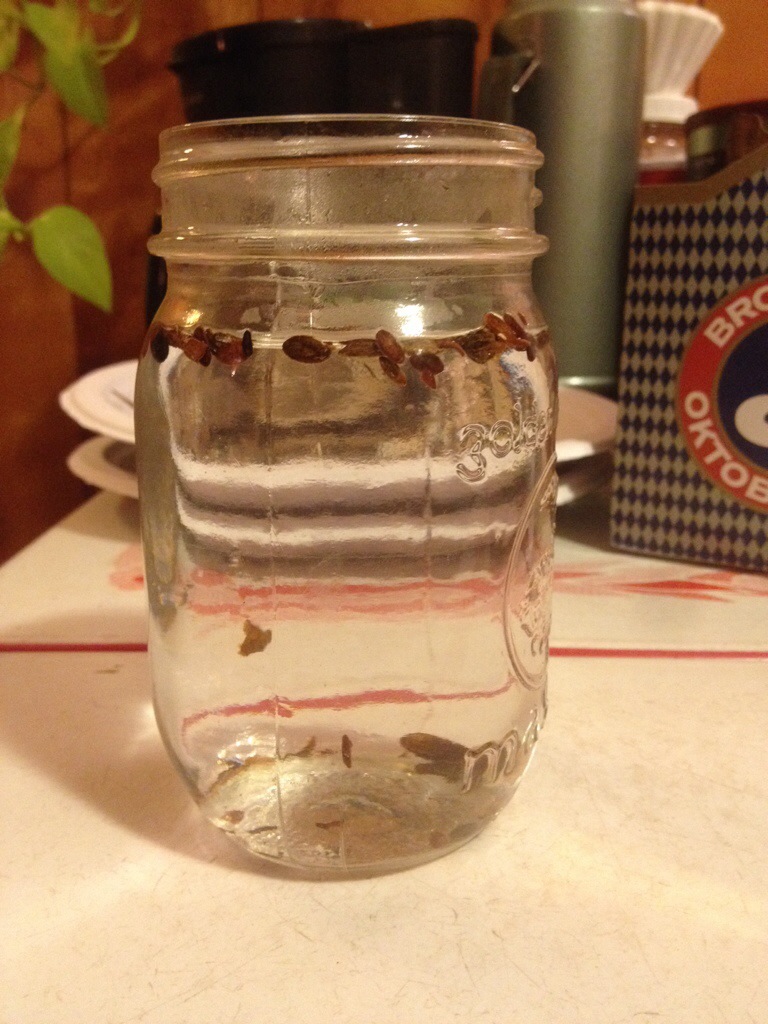
a hot water soak is often all it takes to help leguminous tree seeds germinate
I let the seeds soak overnight, and in the morning I planted only seeds that had swollen up into a tray. I’ll see what kind of germination I get, but I think it will be fairly good, as these growing mimosa from seed seems very similar to growing honey locust from seed.
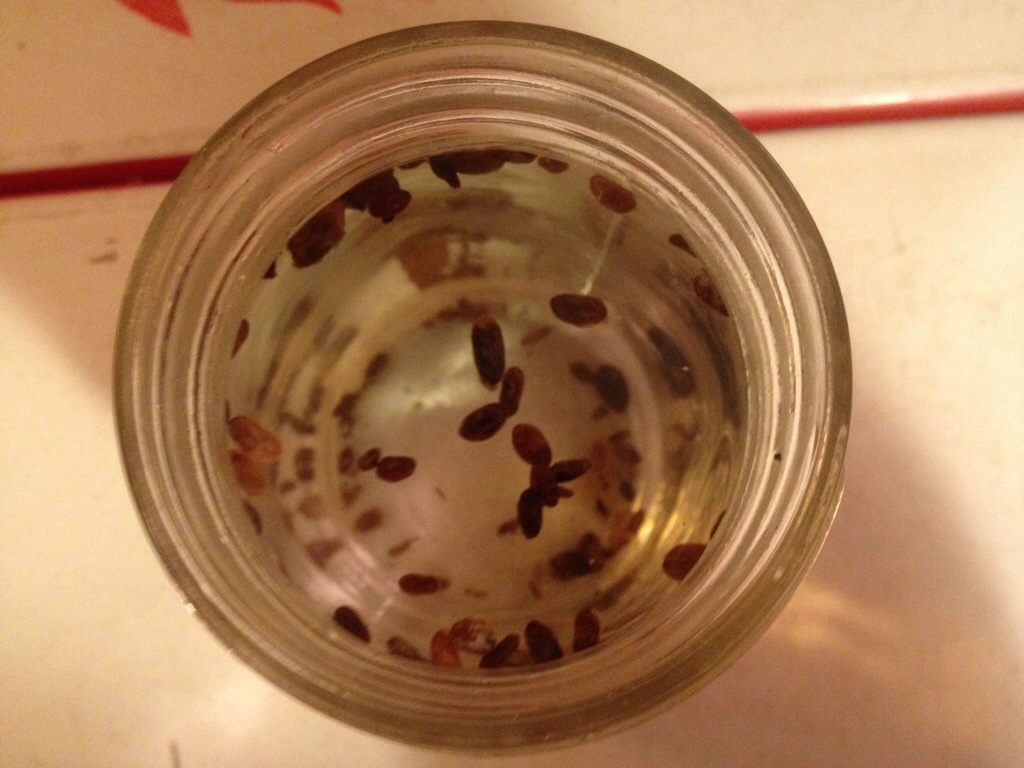
plant only swollen seeds, as these are the ones that have absorbed water and will germinate quickly
These trees will go in around our fruit trees, and most will be sacrificed as mulch and fertility components. I may try an experiment and just pour hot water over the whole seed pods and see how that effects germination. It would save the somewhat tedious step of “threshing” the pods.
Anyway, our support species list is growing nicely, we have almost 300 seeds sown of honey locust, black alder, siberian pea shrub, and now mimosa. I cant wait to get them into the ground, and start building fertility!
